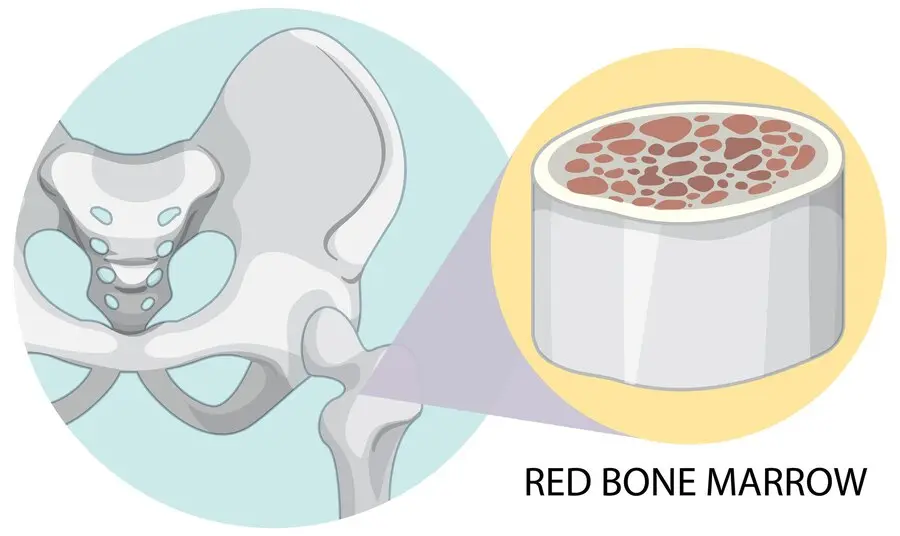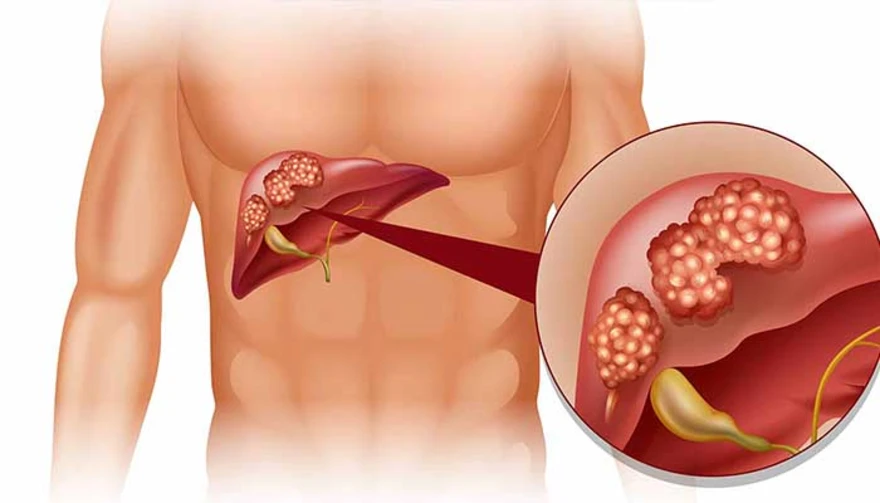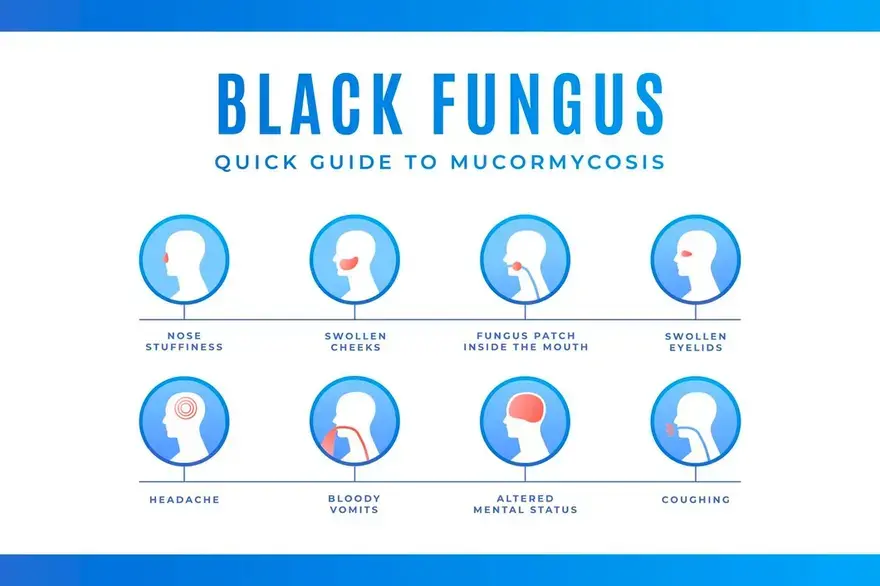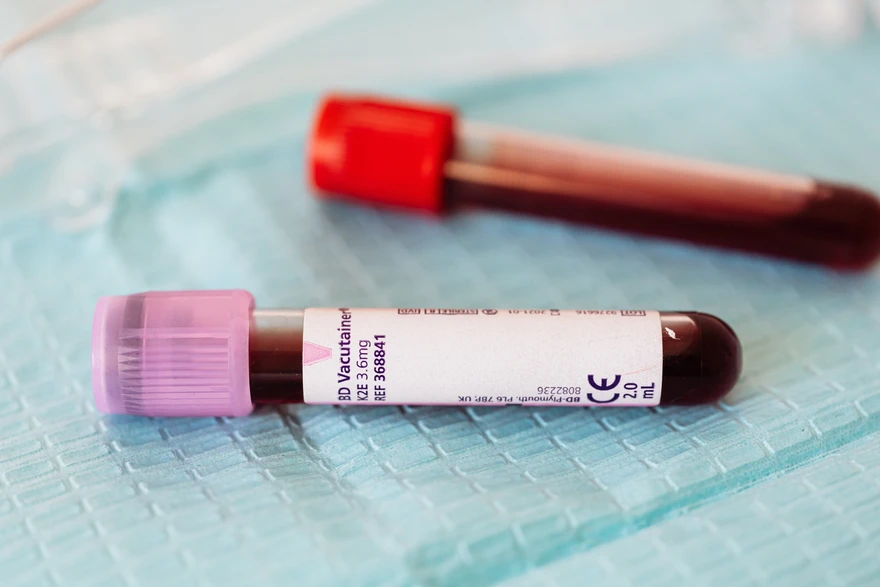bone marrow test for anemia
TORCH Screen: Purpose, Procedure and Results
What Is the TORCH Test? A TORCH test is a comprehensive panel of tests that help detect infections during pregnancy. These infections can usually be passed on to your foetus during the pregnancy, so early detection and treatment can help prevent any complications for your newborn. TORCH, also known as TORCHS, is the shortened form of the different types of infections that are covered within this screening, namely: Toxoplasmosis Other include parvovirus, varicella, HIV, hepatitis virus Rubella Cytomegalovirus Herpes simplex Syphilis What Is the TORCH Test Used for? The TORCH test helps doctors screen for antibodies to infectious diseases during pregnancy. Antibodies are those proteins that recognize and destroy harmful substances in the body, such as viruses or bacteria. There are two specific antibodies that this tests for namely: Immunoglobulin G (IgG) which is an antibody that an individual has had in the past but is not considered to be acutely ill Immunoglobulin M (IgM) which is an antibody that is present when you are acutely ill with an infection Your doctor will use this test to detect your history of infection and assess if your foetus has been exposed to these infections. Test Results of the TORCH Test A TORCH test in pregnancy is usually needed to understand if you have a current infection or if you have had one. If your TORCH profile test detects the presence of IgG or IgM antibodies, it gives you a TORCH test-positive result. Treatment for the detected infection can then be started to avoid spreading these infections to your foetus. If no antibodies are detected, there is no trace of current or past infections, so you do not have to worry about passing on a condition to your baby. Why Do I Need a TORCH Test? Contracting a disease during your pregnancy could affect the baby in the womb. Most babies are more sensitive to harm during the initial 3 to 4 months of pregnancy. The TORCH test in pregnancy can help screen foetuses for infections that can cause Congenital disabilities Problems with the brain or nervous system Growth delays What Happens During the TORCH Test? Your healthcare provider will first clean and disinfect a small area, usually on your finger. They then use a sharp needle or a lancet to make a small prick in the area. The resultant blood is then collected in a small glass tube, on a test strip, on a slide or in a small container. If the bleeding continues, you will be given a small piece of cotton or a round bandage to apply on the puncture site. What Does a Positive TORCH Mean? The TORCH test result is termed positive or negative. A positive TORCH test result indicates IgG or IgM antibodies were found in the blood. This shows that you had one of the screened infections in the past; you currently have an infection or have been vaccinated against one of these diseases. Here are some key points to consider: The TORCH panel tests for several infections, including toxoplasmosis, rubella, cytomegalovirus (CMV), herpes simplex virus (HSV) and HIV. A positive result for any of these infections indicates that the mother has been exposed to the infection at some point in her life. It is important to determine the timing of the infection and whether it occurred before or during pregnancy to assess the risk of transmission to the foetus. Further diagnostic tests, such as ultrasound or amniocentesis, may be recommended to evaluate the health of the foetus. Early detection and appropriate management of these infections can help reduce the risk of complications for both mother and baby. What Diseases Are Tested for Using the TORCH Panel? The following diseases are tested for and detected using the TORCH test: Toxoplasmosis: Toxoplasmosis is a disease caused by the parasite (Toxoplasma gondii) that can enter the body through the mouth. While infants who contract this disease in the womb do not show symptoms for many years after which they may experience vision loss, deafness, seizures and mental retardation. Rubella: This is also known as German measles and can cause a rash in women. The side effects for the child are minor, but if infected in the womb, this can cause severe congenital disabilities like problems with vision, heart defects, and delayed development. Cytomegalovirus: This is a part of the herpes group of viruses that can cause hearing loss, intellectual disabilities and epilepsy in a developing foetus. Herpes simplex: This virus is usually transmitted from the mother to the foetus during the birth canal delivery. It can cause severe brain damage, seizures and breathing problems. What Is the TORCH Test After Miscarriage? A TORCH test after a miscarriage can help diagnose if the miscarriage was caused by exposure to TORCH infections during pregnancy. Here are some key points about the TORCH test after miscarriage: The purpose of the TORCH test is to identify any current or past infections that could have contributed to the miscarriage. Screening for these infections is important because they can potentially harm the foetus and lead to miscarriage or other complications. If any of the infections are detected, further testing or treatment may be necessary to prevent future complications. Is the TORCH Test Necessary? A TORCH test can help in the early detection and treatment of infectious diseases so that you do not pass them on to your foetus. This can avoid severe congenital disabilities and issues, making it necessary for your baby's health. When Is the TORCH Test Done in a Pregnancy? When the TORCH test is done in pregnancy, it is essential as the earlier it is, the less likely you are to pass on the infection to your foetus. If you are planning a baby, some doctors may also advise you to take a TORCH test before pregnancy to ensure the presence or absence of infection. Here is when the TORCH test is typically done in a pregnancy: During the first prenatal visit: The TORCH test is often included as part of routine prenatal screening. It is usually done in the early stages of pregnancy, ideally during the first trimester. If there are symptoms or risk factors: In some cases, the TORCH test may be ordered if the mother has symptoms that could suggest an infection, such as fever, rash or flu-like symptoms. Additionally, if there are known risk factors for certain infections, such as exposure to someone with a confirmed infection, the TORCH test may be recommended. Repeated testing: Depending on the results of the initial TORCH test and other factors, additional testing may be required throughout the pregnancy. This can help monitor any changes in infection status and guide appropriate management. What Does the TORCH Test Indicate? A TORCH test indicates the presence or absence of antibodies IgG and IgM when contracting an infectious disease. It is important to note that a positive result on the TORCH test does not necessarily mean that a baby will be affected by the infection. Further diagnostic testing and consultation with a healthcare provider are needed for proper evaluation and management. Conclusion The TORCH test is essential during pregnancy to maintain the health of your foetus. As TORCH infections can cause a miscarriage, doing these early in your pregnancy journey is important. If you are pregnant or planning to become pregnant, speak with your healthcare provider about whether the TORCH test may be recommended for you. Top diagnostic centres like Metropolis Labs have dedicated test packages that include every test you need during your pregnancy to gauge your health and the health of your foetus. Check out the entire list of services and tests available now.
What is Bone Marrow Biopsy: Procedure and Results
What Is a Bone Marrow Biopsy? A bone marrow test, also known as bone marrow biopsy, is a procedure used to diagnose any condition affecting your bone marrow or blood. Your bone marrow is where the blood cells of your body are made, which is why it is one of the best samples to use while looking for signs of blood-related diseases. During the bone marrow biopsy, the healthcare professional will take a small sample of marrow from your bone; afterwards, a pathologist will examine the sample under a microscope for any signs of the suspected disease. Many doctors use a bone marrow test to confirm some cancers and different blood diseases. What Is Bone Marrow? Bone marrow is located in the hollow part of more giant bones. It consists of a liquid and sponge-like tissue that is soft to the touch. The soft tissue in the bone marrow helps produce three significant components of our blood namely: Red Blood Cells (RBCs): That helps carry oxygen to other parts of our body. White Blood Cells (WBCs): The protector cells that help fight diseases. Platelets: The cells that help in blood clotting and stop bleeding whenever there is any damage to your blood vessels. The liquid in the bone marrow usually contains stem cells or maturing blood cells, making the required vitamins like Vitamin D needed for cell production. The bone marrow biopsy test is only used to test the tissue part of the bone marrow, whereas the liquid part is tested using a different procedure known as the bone marrow aspiration test. When Would a Doctor Order a Bone Marrow Biopsy? Your doctor is most likely to order a bone marrow test when he wants to: Evaluate or diagnose your condition: A bone marrow biopsy helps to understand any abnormalities in your blood cells. This can help your healthcare provider diagnose blood disorders such as cancers, other infections and unexplained fevers. Stage Cancer: Cancer staging helps doctors understand how your cancer has progressed. A bone marrow test tells them whether cancer has been spread to the bone marrow or if the tumour present in your bone marrow is growing. Monitor your treatment progress: Bone marrow blood tests can also help your doctor understand if the planned treatment is working or if you need to change the plan. It also allows doctors to understand if your bone marrow is producing enough blood cells after you have received the correct treatment. A bone marrow density test is also used to determine how compatible the donor cells are in the case of an allogeneic stem cell transplant. If an individual has too few healthy blood cells, they may need a donor to provide healthy stem cells, but the cells from the donor and recipient must match. What Conditions and Diseases Are Diagnosed with a Bone Marrow Biopsy? Any condition that involves too many or too few blood cells can be diagnosed with the help of a bone marrow test, which includes the following: Bone marrow test for anaemia: Anaemia is when your body does not have enough red blood cells to carry oxygen. Aplastic anaemia, a condition where your bone marrow does not produce enough RBCs, WBCs and platelets, can also be tested with the help of this test. Leukopenia and leukocytosis: Conditions in which the body contains too few white blood cells Thrombocytopenia and thrombocytosis: Bone marrow tests for low platelets or too many platelets help diagnose these conditions. Polycythemia vera: This kind of rare blood cancer can cause your bone marrow to produce excess red blood cells. Leukaemia: This type of blood cancer leads to abnormal blood cells, especially WBCs. Lymphoma: Lymphatic cancer that leads to an abnormal number of WBCs and RBCs. Multiple myeloma: This is another kind of rare blood cancer that can harm plasma cells Secondary cancers: A bone marrow density test can be used to test for secondary cancers like breast or lung cancer that may have spread to your bone marrow. Myelofibrosis: This condition involves the replacement of bone marrow with fibrous scar tissue. Myelodysplastic syndrome: This is a bone marrow disorder that does not allow the stem cells in the body to mature correctly. A bone marrow test can also help detect chromosome abnormalities and nutritional or vitamin deficiencies that cause the production of misshapen or large RBCs. Who Performs a Bone Marrow Biopsy? A haematologist (blood disorder specialist) or oncologist (cancer specialist) performs bone marrow biopsies. A nurse specially trained for the purpose could also help perform this test. How Can I Prepare for a Bone Marrow Biopsy? Before the bone marrow test is carried out, your healthcare provider will instruct you about the necessary preparations that may be needed for the test. Some steps may include taking a sedative to help reduce the pain on the day of the procedure if you need to fast the night before. Suppose you need someone to drive you home after the process is completed. During this time, you must also give your healthcare provider detailed information about any medical history or current medications you may be taking. Here is some vital information your doctor needs to know before carrying out the procedure: If you have a history of haemophilia or bleeding disorders If you are taking medication that thin your blood If you are taking vitamins or supplements If you are taking any allergy medicines If you are pregnant What Should I Expect During a Bone Marrow Biopsy? The bone marrow density test can be done in a hospital or your healthcare provider's office. This procedure takes about 30 minutes, and you will be awake the entire time. Your doctor will numb the test site with local anaesthesia to ensure you are comfortable before conducting the test. Steps for Bone Marrow Biopsy Depending on the biopsy site, your doctor will ask you to lie on your belly or side. A sample is commonly taken from the back of the hip bone, known as the posterior iliac crest. The doctor will then clean the skin with the help of an antiseptic and inject a kind of numbing medication onto the surface of the bone. A small incision is made at the side, and a special biopsy needle is inserted into the bone. With the help of a small syringe attached to the needle, the liquid in your bone marrow is removed. This process is called bone marrow aspiration. Next, a needle with a hollowed-out centre is inserted, which collects a small piece of your marrow. This process is called core biopsy because the hand removes a cylindrical-shaped core tissue sample. The needle is removed, and pressure is applied to the site to stop bleeding before the wound is bandaged. The collected sample is then sent to the lab for further processing. How Painful Is a Bone Marrow Biopsy? As bone cannot be numbed, you may feel slight pressure while pushing in and pulling out of the needles and samples, which can cause discomfort. Other than that, you may also feel a sharp sting during the bone marrow aspiration and a dull, brief pain during the removal of the core biopsy. You can talk to your healthcare provider about the expected pain during this procedure and solutions that help numb the site to be more comfortable during the entire process. What Should I Expect After a Bone Marrow Biopsy? Most often, you are allowed to go home on the same day as the procedure. If you choose to be sedated during the process, you may need to ask someone else to drive you home. Ensure you follow all the instructions your healthcare provider provides so you give yourself the correct care and have a speedy bone marrow biopsy recovery. Care tips for better recovery include the following: Avoid strenuous physical exercise for 24 hours after the procedure. Keep the wound dry for a minimum of 24 hours. Take a pain reliever to help with the residual discomfort and pain. Are There Risks to a Bone Marrow Biopsy? A bone marrow biopsy is a relatively risk-free procedure; however, there have been complications like heavy bleeding and infections at the side of the biopsy. The excess bleeding usually stops by applying pressure to the wound, while your doctor could prescribe an antibiotic cream for any infection. What Type of Results Do You Get, and What Do the Results Mean? After the specialist has analysed your bone marrow sample under the microscope, they will send the results to you or, in some cases, directly to your healthcare provider. The doctor will review the findings and use the bone marrow biopsy to create a treatment plan for you. They may order additional tests to confirm your diagnosis or to recommend or adjust the treatments depending on your results. Conclusion A bone marrow test helps identify diseases related to the blood and the creation of blood components. Few specialist labs provide such advanced tests. Talk to your healthcare provider about your options to conduct the test and what the results mean for you. Metropolis offers diagnostic labs across India that provide accurate blood testing and health check-up services. The reports are shared online via email and the Metropolis TruHealth app. Contact Metropolis Labs today for more information about this or other advanced testing services.
 Home Visit
Home Visit Upload
Upload
















 WhatsApp
WhatsApp